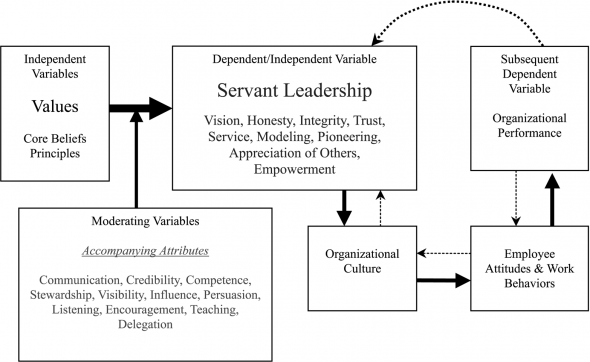“If you want to build a ship, don’t drum up people together to collect wood and don’t assign them tasks and work, but rather teach them to long for the endless immensity of the sea”, these are the words of Antoine de Saint-Exupery, one of my favorite writers, which can consolidate the philosophy behind a term – servant leadership. So, what does it mean to be a servant leader? Robert Greenleaf, was a first who introduced the term in 1970, in his essay “The servant as a leader”, where he, among the rest, stated:
“The servant-leader is servant first… It begins with the natural feeling that one wants to serve, to serve first. Then conscious choice brings one to aspire to lead. That person is sharply different from one who is leader first, perhaps because of the need to assuage an unusual power drive or to acquire material possessions…The leader-first and the servant-first are two extreme types. Between them there are shadings and blends that are part of the infinite variety of human nature.” (https://greenleaf.org/what-is-servant-leadership/)
His essays (The Servant as Leader, The Institution as Servant) became so popular, that servant leadership becomes a part of leadership theories, which in past were distinguished in three basic styles: autocratic, participative and laissez-faire. However, this segregation is considered to be too narrow, as opposed today when we are facing many leadership theories, such as situational, functional, traits, behavioral…
In short, Greenleaf describes basic principles of servant leadership, which combines the following features:
- Active listening: in order to understand the needs of other, servant leader should practice active listening.
- Empathy: Understanding the needs is one thing, but understanding and recognizing feelings of others leads to true empathy.
- Healing: servant leader helps foster each person’s emotional and spiritual health and wholeness.
- Awareness: A good servant leader understands values, feelings, strengths and weaknesses of self and others.
- Persuasion: in order to positively influence others attitudes, behaviors, or intentions, servant leader uses persuasion method, which basically includes respectful communication.
- Conceptualization: This refers to an ability of a leader to integrate present realities and future possibilities.
- Foresight: Connected to the previous feature, but refers to an ability to predict actions, that could influence future, combining past and present.
- Stewardship: A good steward takes responsibility for safeguarding organization/company/state. In this respect, means that every individual should be a steward as in is its own home.
- Commitment: Servant leaders is responsible for serving the need of others and are deeply committed to a personal, professional, and spiritual growth of each and every individual within the organization.
- Building Community: Servant leader seeking for solutions that will help build a sense of community among organization members.
Who are/were people with these features?
All those who have helped others, who had a vision for the greater good, a better and just society, putting needs of others before their own. Just to name a few most known: Mahatma Gandhi, Mother Teresa, Martin Luther King Jr, Abraham Lincoln, George Washington, Cesar Chavez, Robert K. Greenleaf, and Nelson Mandela.
By Maja Cakarun


GREAT stuff here. As a “fellow” coach/business owner/leader who highly subscribes to servant leadership, it is wonderful to see the work that you do here. Keep doing what you are doing!